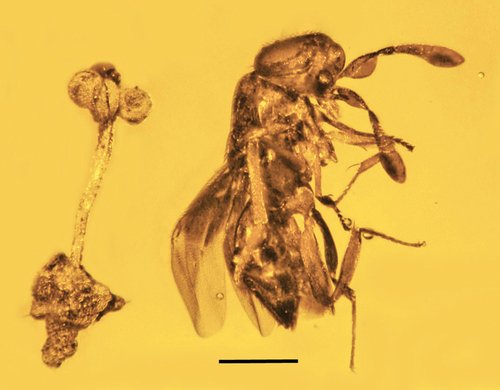The Monterey Bay Aquarium Research Institute (MBARI), which had produced a documentary about the strange critter in honor of International Polychaete Day, recently displayed a deep-sea spaghetti worm. The video was taken during a 2012 excursion to Mexico’s Gulf of California, when scientists discovered what seemed to be marine pom-poms on the ocean floor.
MBARI sought the assistance of taxonomy specialist Greg Rouse from Scripps Institution of Oceanography to identify the unusual polychaete worms since they were unsure of what type of ocean anomaly they were seeing. Rouse assisted the team in determining that they were dealing with an unidentified spaghetti worm species belonging to the genus Biremis.
- TikTok And Instagram Academy: What is Dark Academia?
- Will there be a Putin – Zelenski meeting? Flash statement from the Kremlin
The tasseled worm has not yet been officially identified in a journal article, but we do know it belongs to the Biremis genus, a collection of creatures with similar characteristics. There aren’t any gills, eyeballs, or bristles on any of its bodily parts.
Most notably, Biremis is recognized for its peculiarly inflated tentacles, which give this pinkish worm its pom-pom appearance. On the seafloor, members of this genus often dwell in tubes or burrows, but this particular Biremis behaves a little differently.
This specific spaghetti worm has been discovered either sitting on the sand surface or swimming slightly above it, not hidden deep in the seabed. For creatures like spaghetti, swimming may not seem like the easiest activity, but by traveling to more advantageous foraging locations, the worm can enhance its food options.

Sifting through the sand in quest of nutrient-rich specks of marine snow—the term used to describe the constant shower of biological waste drifting down the water column—the numerous spaghetti tendrils come in help.
A recently described anemone that glides down the seabed with the help of hermit crabs who wear it like a fashionable hat is another critter known to enjoy this delectable ocean dandruff.
This video of a spaghetti worm is part of a large collection of 28,000 hours of footage that MBARI is utilizing to learn more about the ecosystems and wildlife of the ocean in an effort to protect our marine habitats in the future.
A representative from MBARI told IFLScience, “MBARI and its collaborators have described more than 240 new species, from a new species of crown jelly and a worm that releases bioluminescent “bombs” to unusual carnivorous sponges and a variety of bone-eating worms.
“MBARI is contributing to the creation of a baseline for life in the planet’s greatest ecosystem by cataloguing novel species in the deep sea. Understanding what dwells in the deep sea is a crucial first step toward defending deep-sea species and habitats from dangers like overfishing, plastic pollution, and climate change because we cannot preserve what we do not understand.





